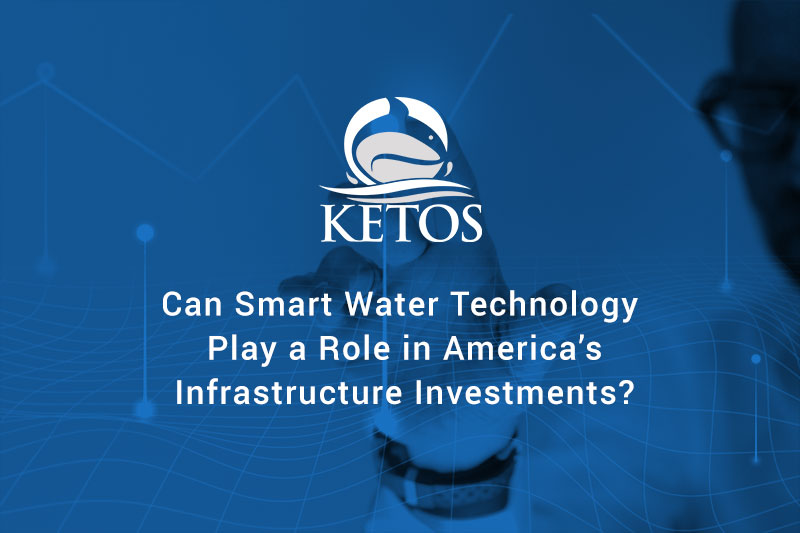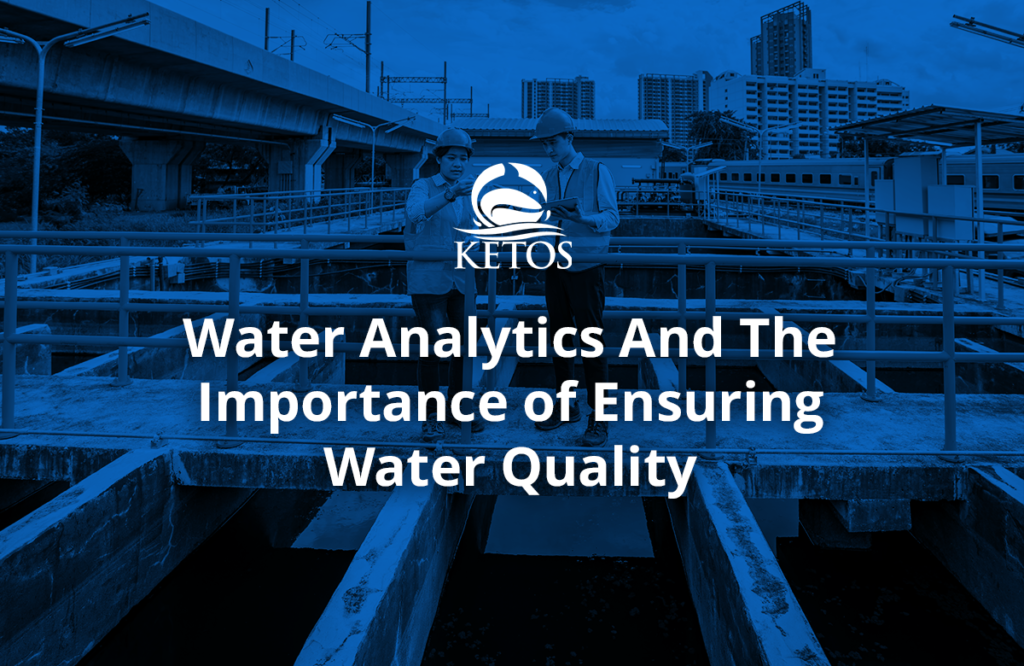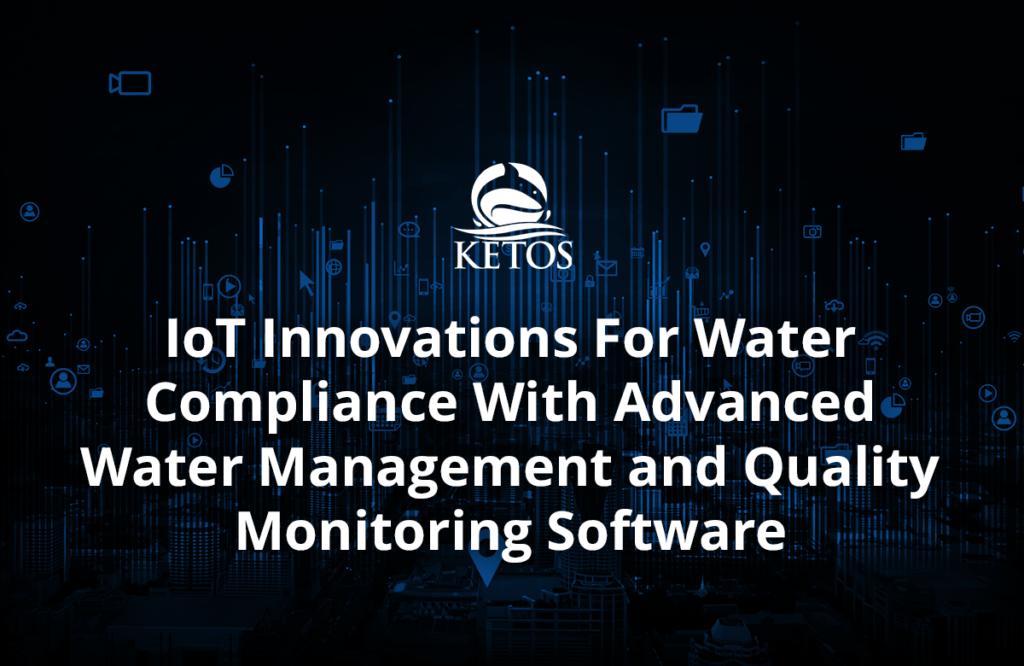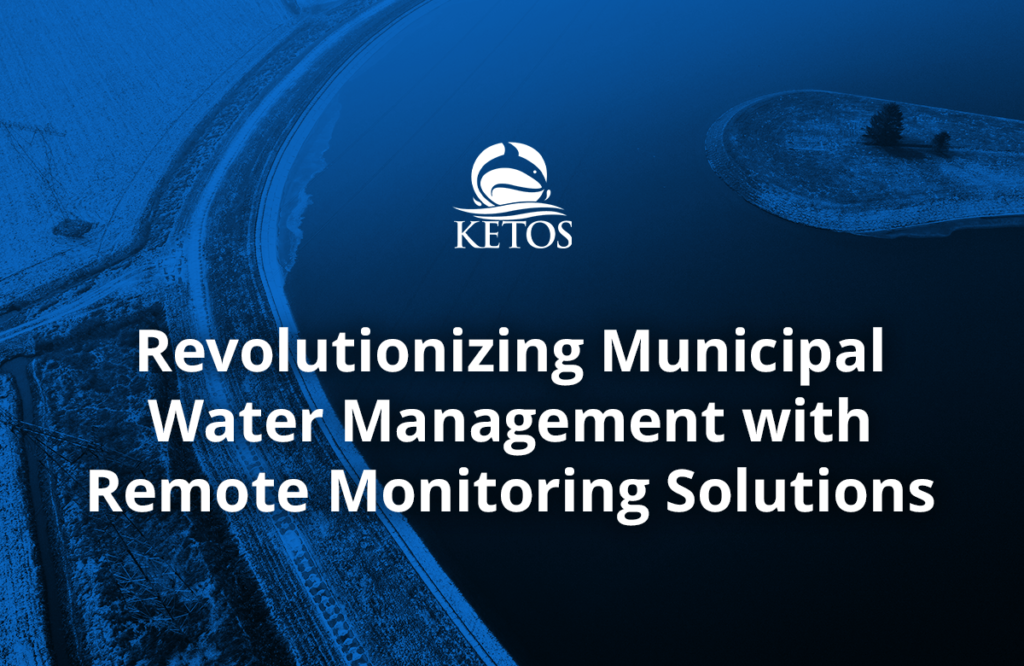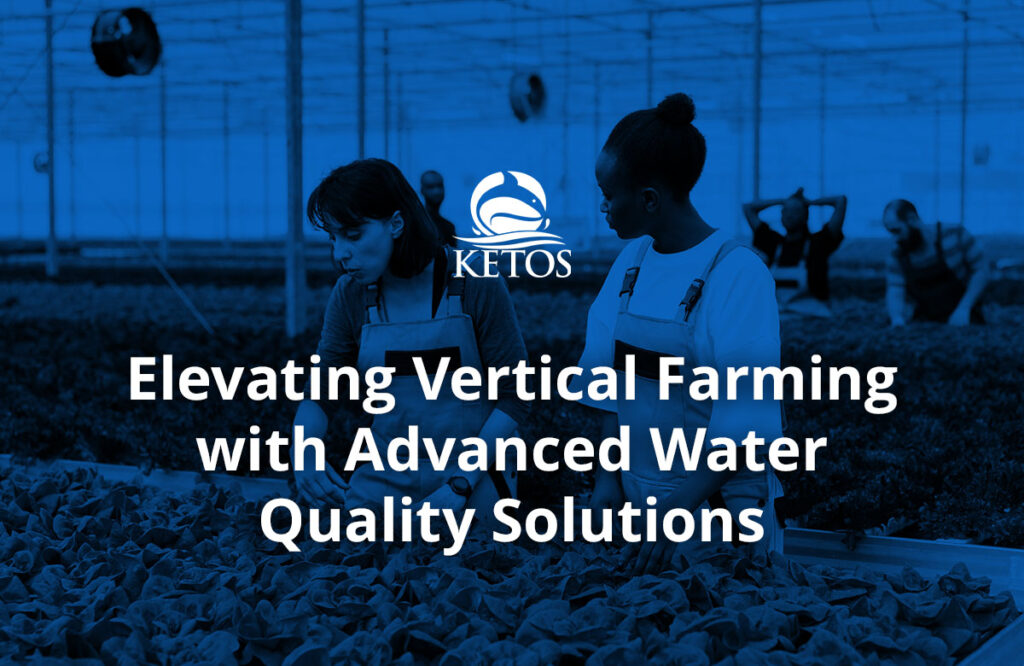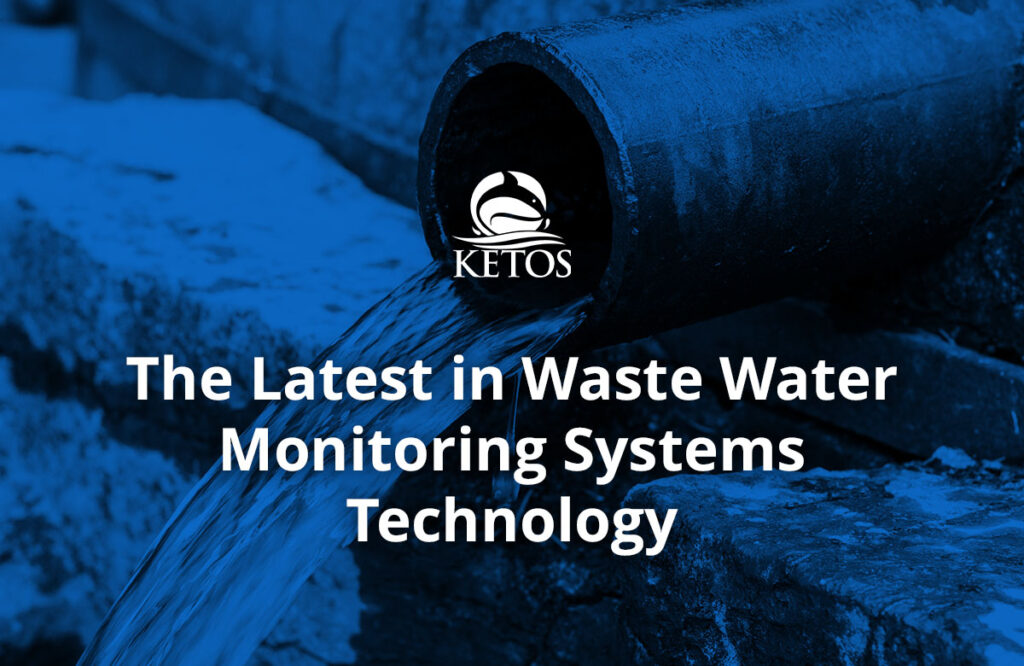The Federal Government is bringing forward ambitious plans for a variety of infrastructure projects that could embrace smart water technology. Among those plans are improvements to public water and wastewater facilities and the updating of water and wastewater services. Proposed investments are extraordinary, and, if implemented, have the power to revolutionize water delivery systems across the country.
The American Jobs Plan and the Water Industry
The “American Jobs Plan” includes an unprecedented $111 billion investment in water infrastructure, with calls to:
- Remove lead pipes from service lines
- Modernize drinking water, stormwater, and wastewater systems
- Monitor and remediate for poly-fluoroalkyl substances (PFAS)
- Invest in rural water systems, household well and wastewater systems, and drainage fields
The plan is a reflection recommendation put forth by the US Water Alliance’s 2020 paper “The Economic Benefits of Investing in Water Infrastructure.”
The American Jobs Plan isn’t the only focus when it comes to modernizing things like Water and wastewater services. Recently, the US Senate also passed the Drinking Water and Wastewater Infrastructure Act. The key provisions in this $35 billion bill include priorities such as:
- Reauthorization of the Clean Water State Revolving Fund and Drinking Water State Revolving Fund and the Water Infrastructure Finance and Innovation Act (WIFIA)
- Reducing lead in drinking water
- Helping ensure disadvantaged communities have access to safe, clean drinking water
- Providing grants for water infrastructure resiliency and sustainability
- Providing assistance for new and emerging water technologies
- Funding sewer overflow and stormwater reuse grants for municipalities who wish to invest in green infrastructure and water and energy efficiency projects
- Investing in workforce development in water and wastewater utilities
- Etc.
Water Industry Investments at the State-level
On a state level, investments in water and wastewater treatment plants – and in water sustainability in general – are also happening. Recently, California’s Governor Gavin Newsom announced a $5.1 package for water infrastructure and drought response. Over 4 years, the state intends to invest in:
- Drinking water and wastewater infrastructure
- Groundwater cleanup and water recycling projects
- Water conveyance improvements
- Data infrastructure to improve forecasting, monitoring, and assessment of hydrologic conditions
- Solutions that reduce the usage of irrigated water
- And more
With so much attention being paid to water infrastructure, explicitly surrounding monitoring and data collection, and upgrading water and wastewater treatment plants, technology is likely to take center stage.
Investing in Infrastructure With Embedded Smart Water Technologies
Water and wastewater treatment plants in particular can use this opportunity to not only replace pipes and update equipment. By embedding emerging technology and proprietary technology-based solutions – such as smart Internet of Things (IoT) technologies, automation, AI and machine learning) into their existing processes, the water utility industry can benefit from:
- More reliable collection of data and insights
- More visibility into the content and quality of community water and wastewater
- More efficient water and wastewater services
- An opportunity to better reuse and monetize water and recycled water
- Fewer expenses related to broken equipment and downtime
- Lowered labor costs (due to system automation)
- The capability to better maintain existing equipment to ensure its health and longevity
- Predictive and prescriptive insights to better manage and maintain water supplies and usage
- Less water lost to leaks and water line breakages
By implementing solutions such as advanced meter technology, sensors, and cloud-based analytics, it’s possible that the water industry can transform water and wastewater management to make it more resilient, sustainable, and less costly. Investments made in smart water technology today mean that the water utility industry can spend less money and waste less water tomorrow – and that’s great news for the entire country.
Are you ready to experience how KETOS can help your organization lower your water costs and while providing more analytics and insights for smarter water usage? Contact us and book a demo today.

